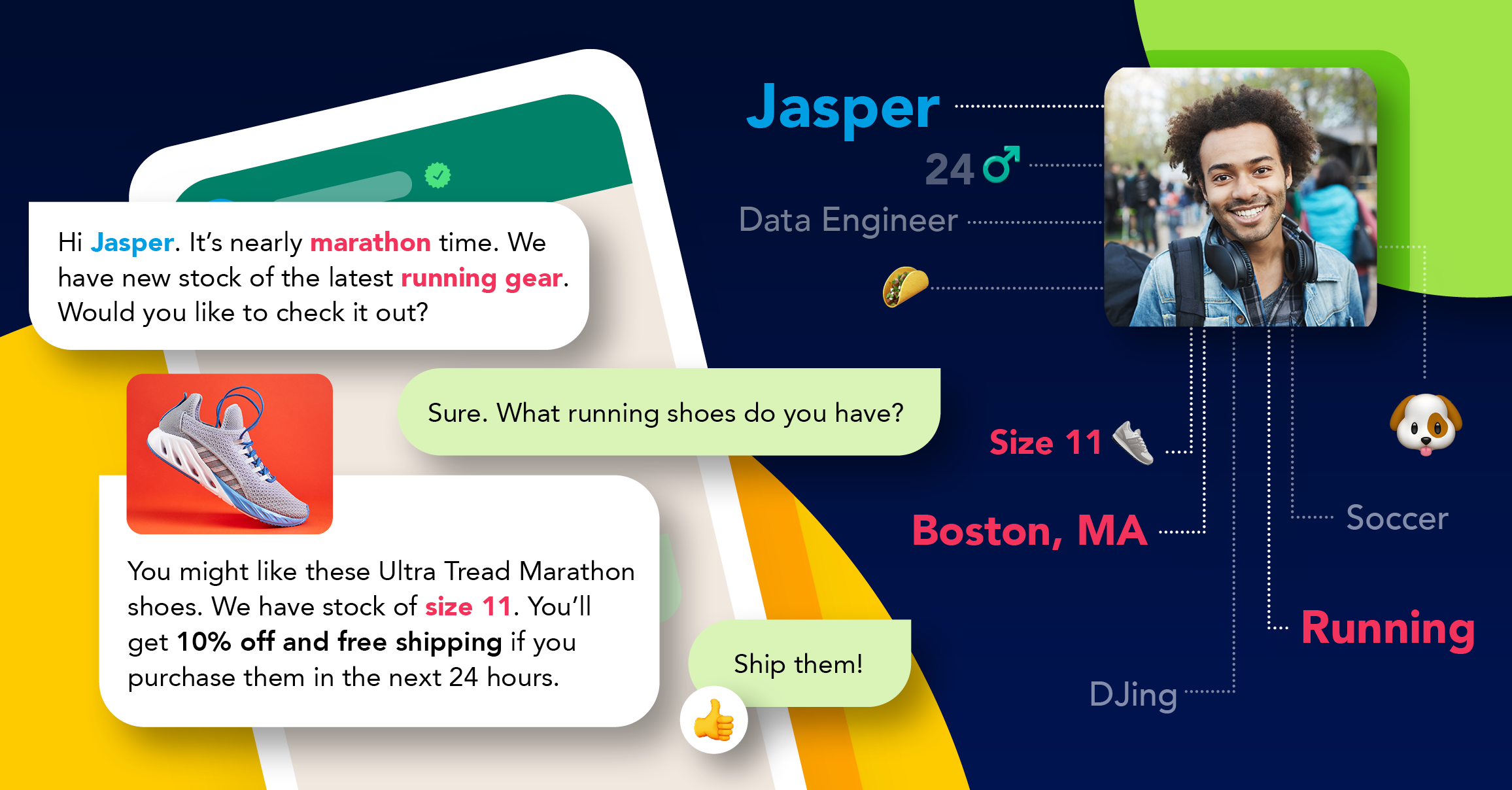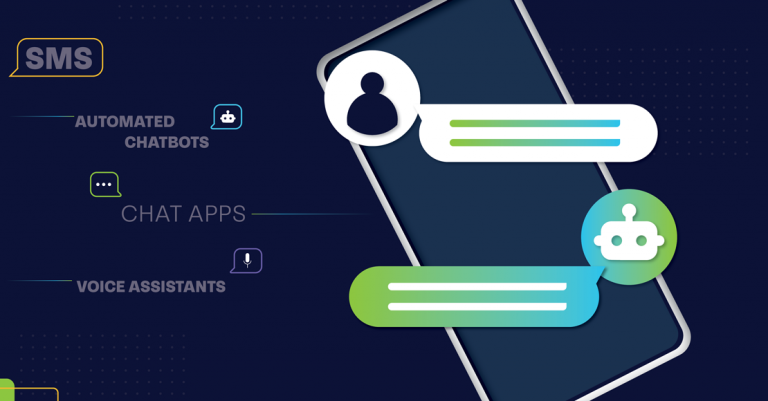
How to prevent data misuse
How to prevent data breaches using two-factor authentication
It’s hardly a surprise that the cost of data breaches is increasing, as is the frequency of attacks. As the Ponemon Institute points out, "High-profile data breaches are a wake-up call to enterprises everywhere. Senior executives can view such episodes as cautionary tales that showcase how the theft, misuse or corruption of a small but vital portion of enterprise data can have grave, brand-damaging consequences."
And so, security must be beefed up – it’s a no-brainer. Here are some basic components of a good security system:
Strong passwords
Prompts to open email attachments and websites from trusted sources only
Reliable, up-to-date virus protection
Monitor access to your network
A firewall to protect your network
Encrypted access to sensitive data, especially your wireless internet network
Corporate VPN for employees accessing data or servers remotely
Authenticate the identities of users trying to access your system.
What to do if there’s a breach
In a worst-case scenario, a pre-determined blueprint will help you react calmly when your business is in crisis mode. Here are the steps you should plan in advance in the event of an online data breach:
Call in the professionals
If you suspect a data breach has occurred, alert the IT professionals immediately. As part of your planning process, make sure you identify the right people for this. The team should consist of IT security forensic experts, communication officials and data breach support officials.
Limit the damage
Your goal now is to prevent further data breaches. The threat needs to be located and disconnected from other linked databases to stop any further damage.
Find the source of the breach
Security forensic experts should be called in to handle the investigation. This is essential if you want to appear credible and trustworthy in your efforts to resolve the breach. Internal IT staff may have the knowledge to solve the problem, but it could seem biased to use your own team to get to the bottom of the hack.
Communicate details
Your company’s response to the data breach must be communicated to the outside world. You’ll need to explain what happened, what you're doing to fix the problem and how you’re going to assist those who have been affected. Keep the message simple and concise, and avoid saying anything damaging.
Admit responsibility
The truth is that your customers likely won’t really care how the breach happened. They care how you’re going to make it right. Admit your responsibility, apologize for what happened and explain what you're going to do to ensure a similar breach doesn’t happen again.
Strengthen your security
Extra security solutions will be your biggest priority. Understanding what caused the breach will highlight the flaws in your security system and help you identify more reliable ways of securing your data.
Be proactive, not reactive, in your security solutions
Verifying the identities of those trying to access your site is one of the most basic and powerful ways to stop potential threats before they cause major damage. An effective way to do this is with Clickatell Secure, which uses a one-time password sent via SMS messaging to add an extra layer of security for your users.
It’s also a lot more difficult to crack than passwords on their own, as it requires two separate verification factors for a user to gain access. See how it works by watching the demo.
Explore other articles
Step into the future of business messaging.
SMS and two-way channels, automation, call center integration, payments - do it all with Clickatell's Chat Commerce platform.








